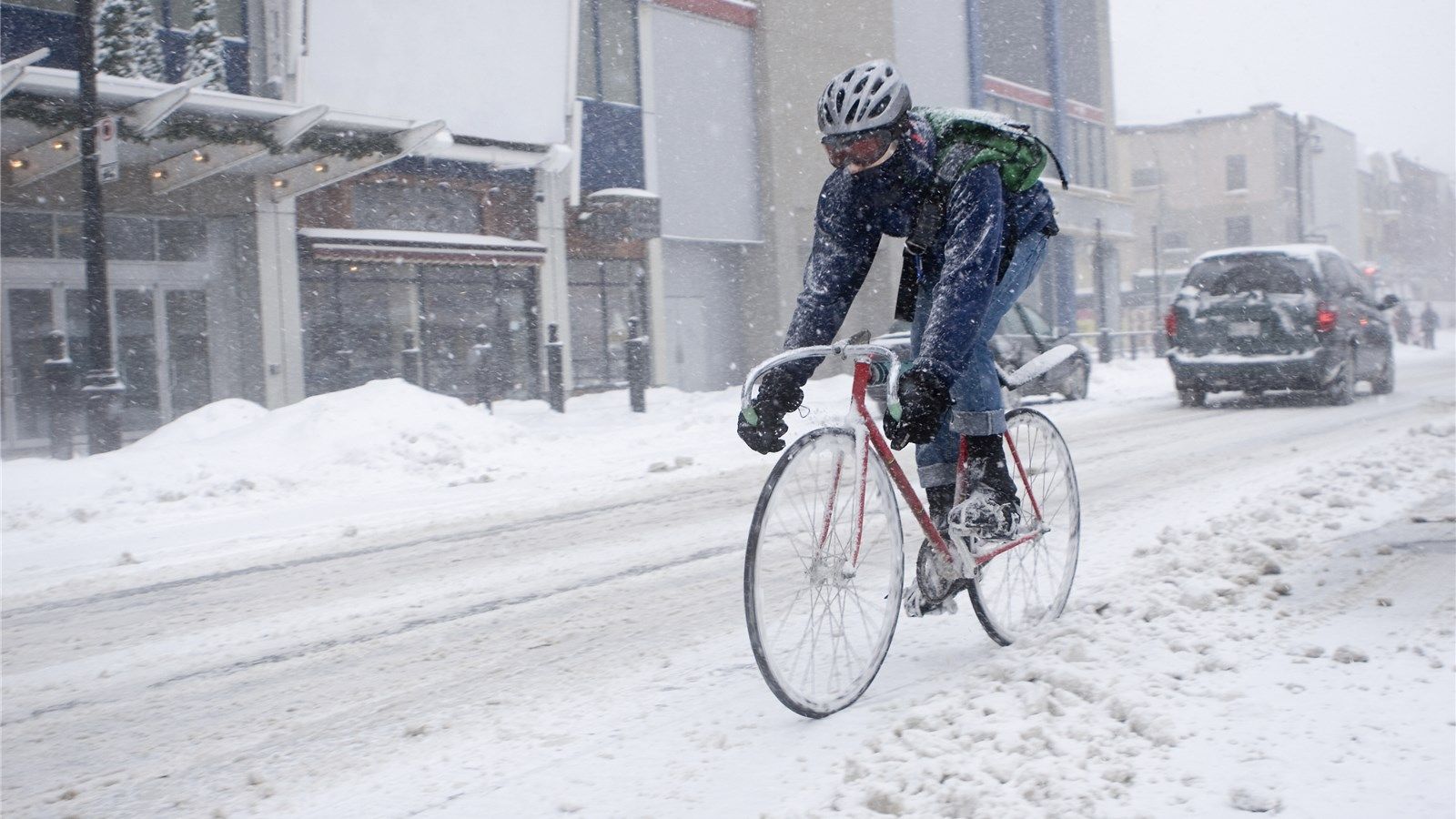The Essential Gear for Winter Cycling

One of the biggest complaints I hear about cycling in cold weather is “I don’t know what to wear.” Overheating in cold weather is one of the worst things you can do, but being cold is equally awful. Here’s how to strike a balance.
You don’t want to freeze the entire time, but you also don’t want to overheat (or worse, soak your clothes in sweat). So, what gear do you really need when it comes to cycling on cold weather? Let’s take a look.
If the temp is above 70, there’s really no reason to add anything to your normal kit. A jersey and bibs or shorts, and normal socks should do the trick. No need to get complicated or overthink things here!
As temperatures drop, however, you’ll need to start adding things. Just keep one thing in mind: it’s easy to remove or add layers while on the bike, so dress (or take gear) for the coldest part of your ride. There’s nothing worse than starting in the mid-60s and riding into the evening only to have the temperature drop 15 degrees once the sun goes down, leaving you much colder than you’d like to be.
You also need to think about how you dress. Cycling is an interesting sport, because your lower half is constantly moving and working hard, while your upper body remains mostly stationary. That means your torso tends to get colder than your legs, which can, in turn, make the rest of your body cold, too.
So when it comes to staying warm, start with your core and move outward. A warm core will help keep the rest of your body warm, because the blood pumped from your heart is warmer, which transfers to the rest of your body. So start with your core, and add gear as the temperatures get lower.
Gear in the 60s: Full-Fingered Gloves, Base Layer Top, and Hat

As the temperatures drop below 70, you’ll likely want to start adding some layers to keep you cozy—especially if you plan on riding into the evening or night.